Traditional vs. Laser Cataract Surgery
Laser cataract surgery is the most advanced method of removing cataracts. Laser-assisted cataract surgery requires no blade. Before the surgery, your surgeon will create a detailed surgical plan by mapping out the cornea using an OCT (optical coherence tomography). Then, a femtosecond laser is used to create the incision in an extremely precise manner.
To get to the cataract, your surgeon must perform a capsulotomy. A thin, clear capsule surrounds the eye’s lens. The front portion of the capsule needs to be removed to gain access to the cataracts. During traditional cataract surgery, this is done with a small needle. During laser-assisted cataract surgery, this is done with the laser.
After the capsulotomy, your surgeon will need to break up the cataract to make it easier to remove. Traditional cataract surgery requires an ultrasonic device to complete this portion of the surgery.
The laser helps soften the cataract and makes it easier to remove. This requires less ultrasonic energy and reduces the risk of complication. Once the cataract is out, your surgeon will manually insert the new IOL through the incision. This happens the same in both procedures.
Laser Cataract Surgery Technology
Eye Center of Hawaii uses the LENSAR® Laser System to perform our laser-assisted cataract surgeries. We use this system because it is the only femtosecond laser designed from the ground up for use during cataract surgery. The LENSAR® Laser System allows cataract surgeons to deliver precise, predictable and extremely effective results.



April is Sports Eye Safety Month, and we're here to remind you that your eyes deserve protection in all of life's games. Whether you're a professional athlete or a weekend warrior, we have the protective solutions to keep you in the clear. 🏈🕶️ #SportsSafety #protectyoureyes #bennetteyeinstitute #lovelife ... See MoreSee Less
0 CommentsComment on Facebook
In celebration of World Health Day, we're shining a light on the integral role of eye health in your overall wellness. Regular eye exams are key to catching not only vision issues early but can also even be the first sign of other health concerns. Schedule your eye exam at any of our seven locations across the islands. 🌎👁️ #WorldHealthDay #eyeexamessentials #bennetteyeinstitute #lovelife ... See MoreSee Less
0 CommentsComment on Facebook
🌑✨ We're gearing up for an awe-inspiring celestial event - we can view a partial solar eclipse across the islands on April 8th! While it's a rare and exciting moment, it's crucial to protect your eyes. Looking directly at the sun, even during an eclipse, can cause permanent eye damage. Use eclipse glasses that meet the ISO 12312-2 international safety standard, consider pinhole projectors as an alternative method for indirect viewing, and remember, regular sunglasses don’t offer sufficient protection against the sun’s rays during an eclipse. 🌌🔭 #SolarEclipse2024 #EyeSafety #EclipseGlasses #ProtectYourEyes #AstronomicalEvent #BennettEyeInstitute #LoveLife ... See MoreSee Less
0 CommentsComment on Facebook
Think eating carrots is the secret to impeccable vision? Guess again! 🥕 We’re all about eye health, but let’s get one thing straight - our dedication to your vision is no laughing matter. Dive into real eye care with us. 🕶️ #AprilFools #NoJoke #EyeHealthMatters #Bennetteyeinstitute #LoveLife ... See MoreSee Less
0 CommentsComment on Facebook
🐰🌼 Hoppy Easter from our practice to all our wonderful patients! Wishing you a joyful and clear-sighted holiday! 🌸👀 #eyecare #happyeaster #visionhealth #bennetteyeinstitute #lovelife ... See MoreSee Less
0 CommentsComment on Facebook
Wave goodbye to winter and embrace the thrill of spring adventures 🌴✈️! Recent findings from RSC highlight a pivotal insight: 50% of adventurers are held back from fully enjoying activities like water sports due to the inconvenience of glasses or contacts. 😎 🏖️ Plus, a significant 55% agree that having clear, unaided vision could profoundly enhance their travel experiences. How much could clear vision transform your adventures? 🌍💬 #ClearVision #AdventureReady #SpringTravels #rscsurvey #bennetteyeinstitute #lovelife ... See MoreSee Less
0 CommentsComment on Facebook